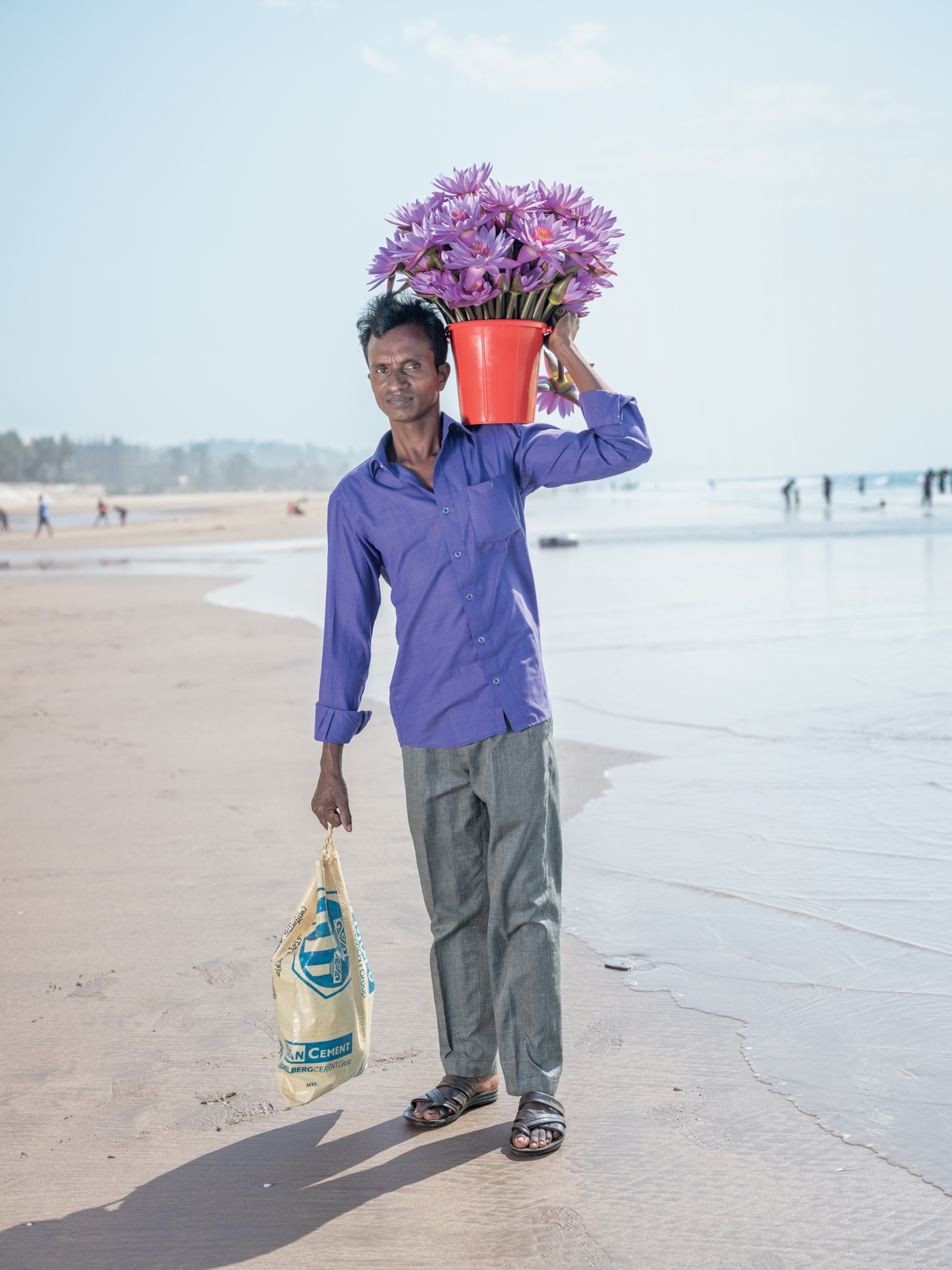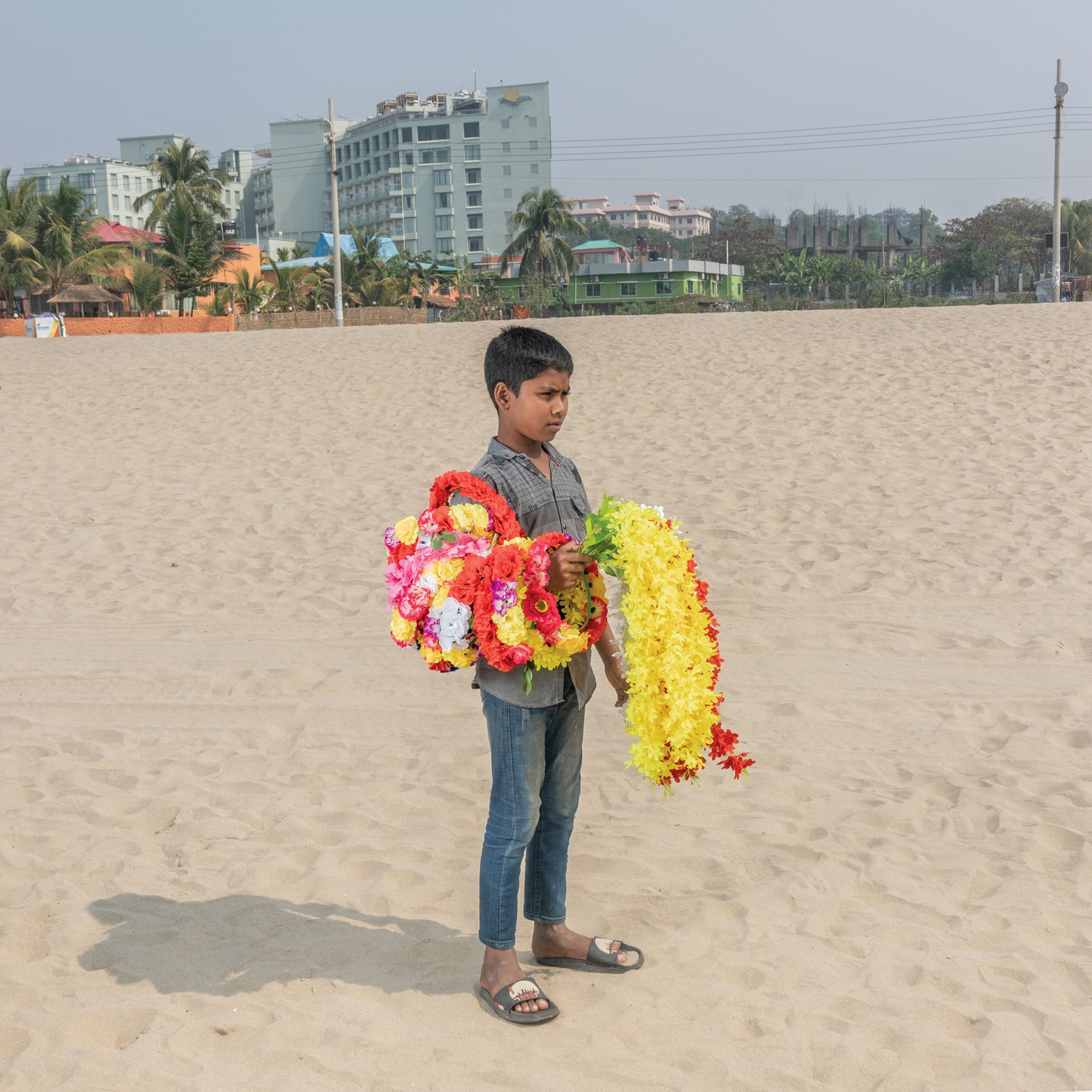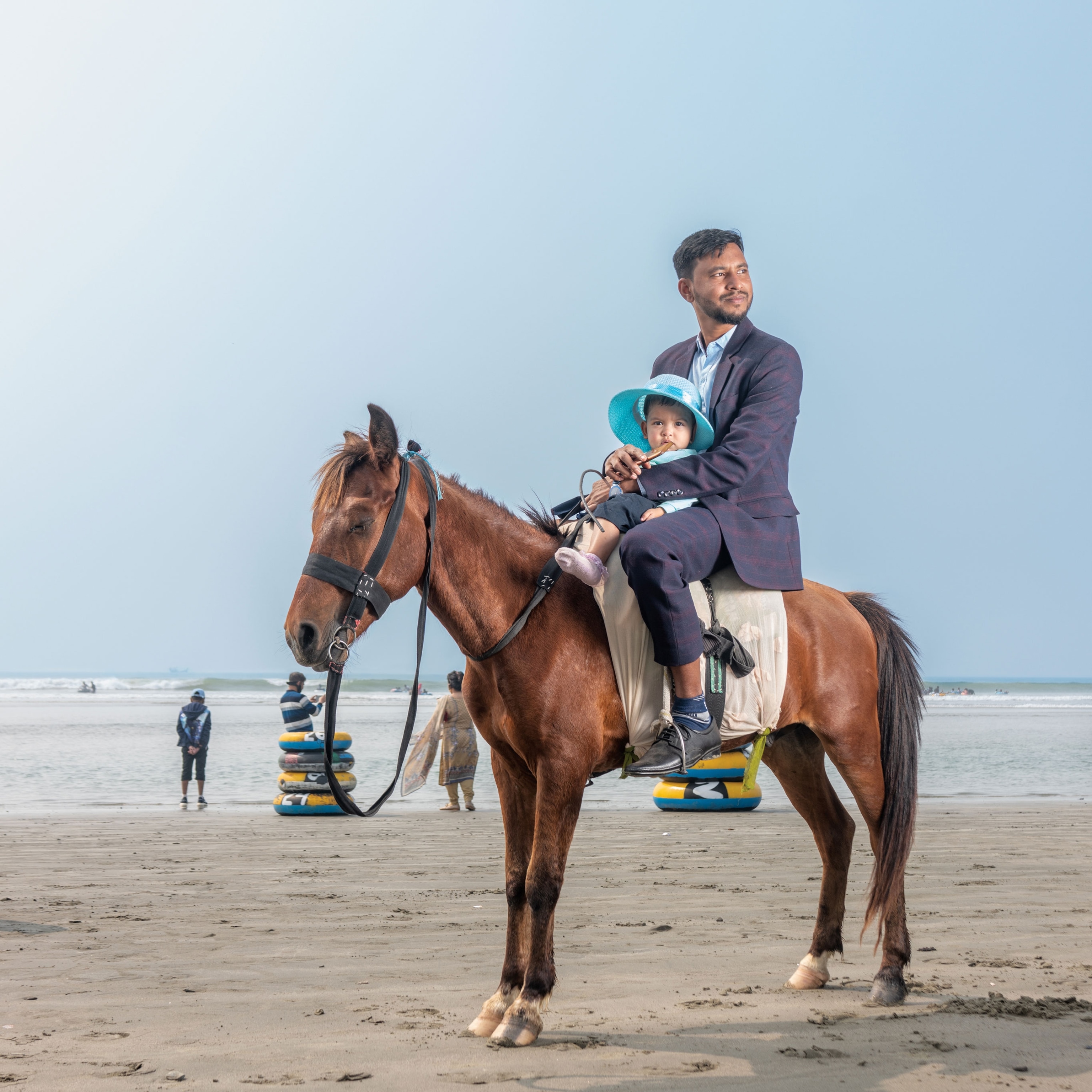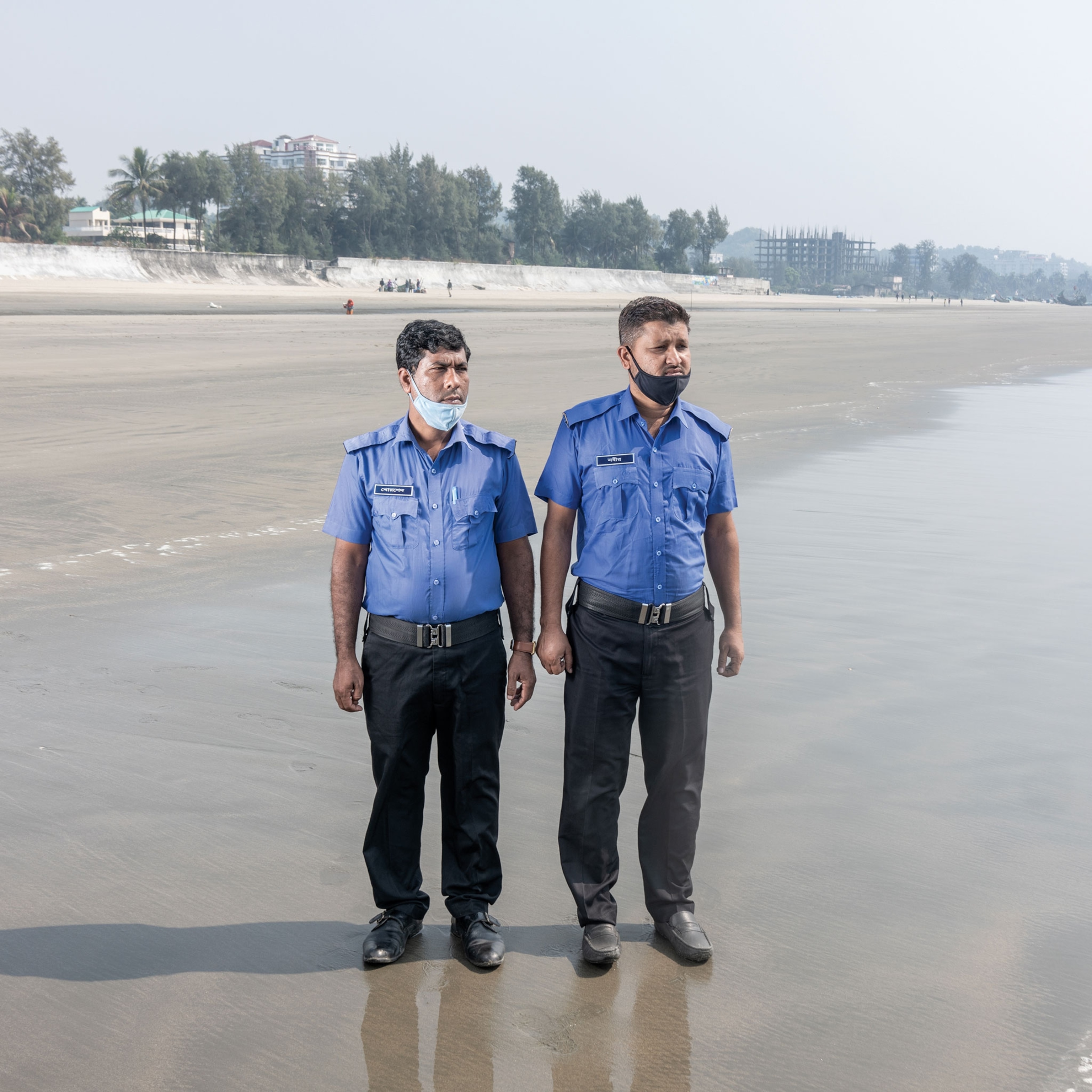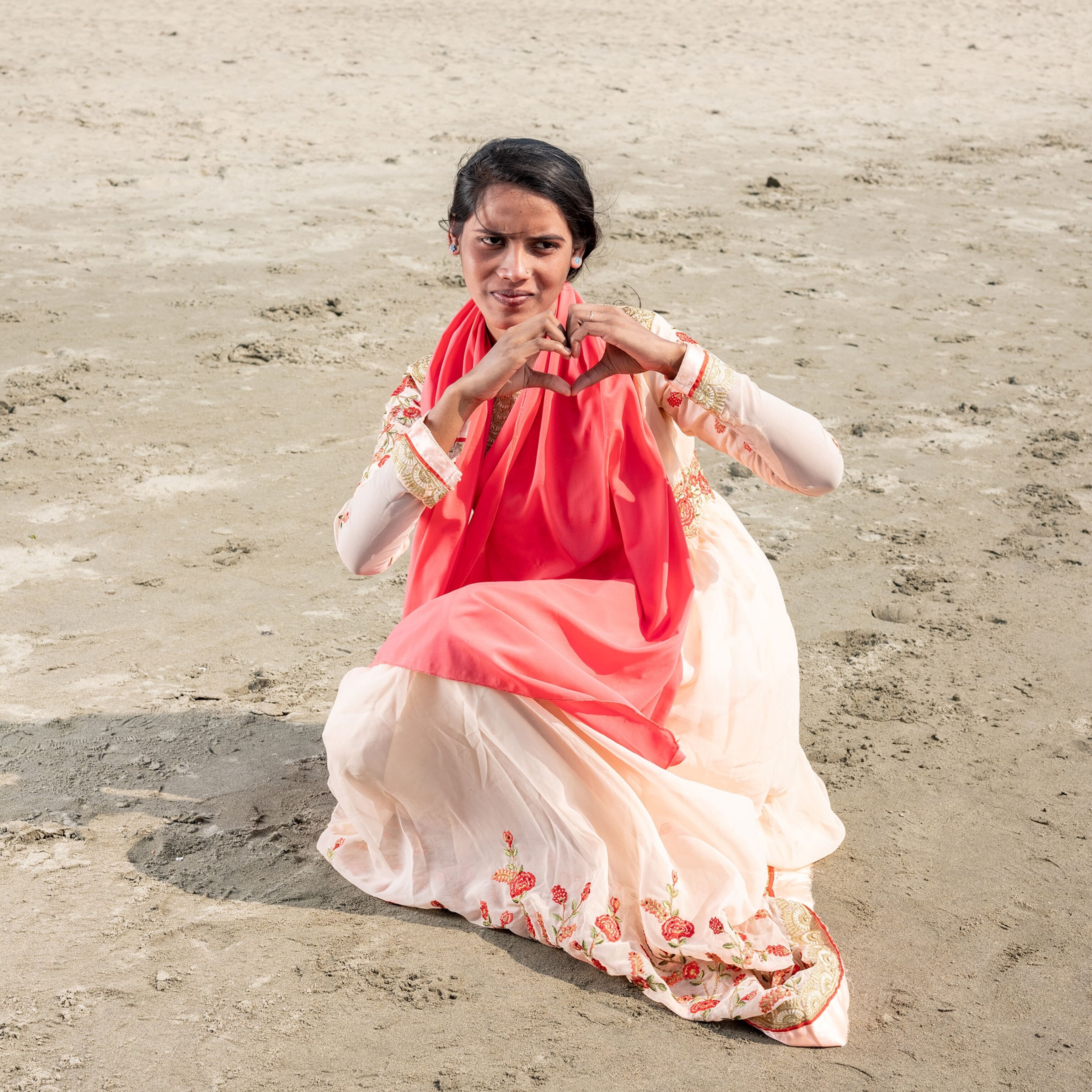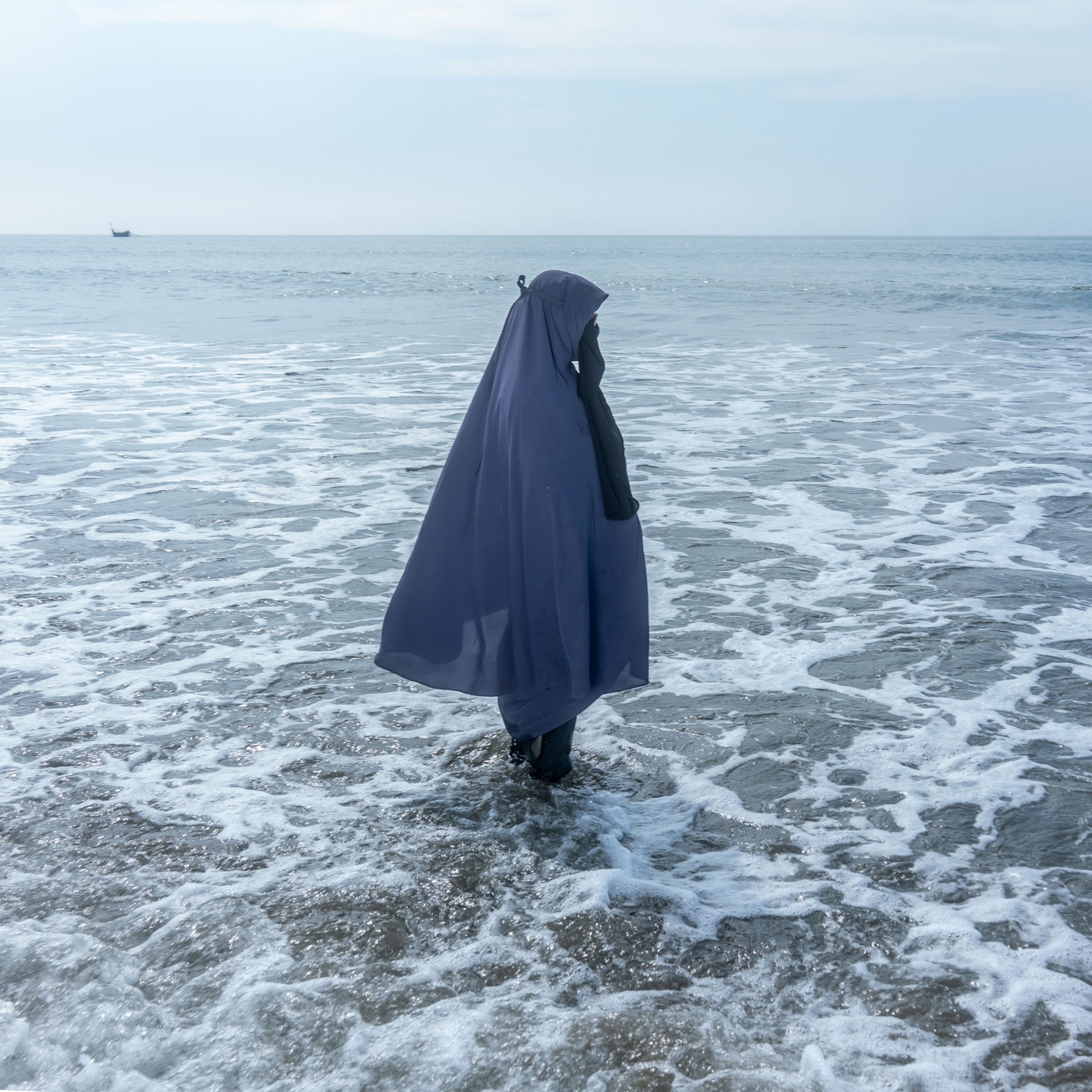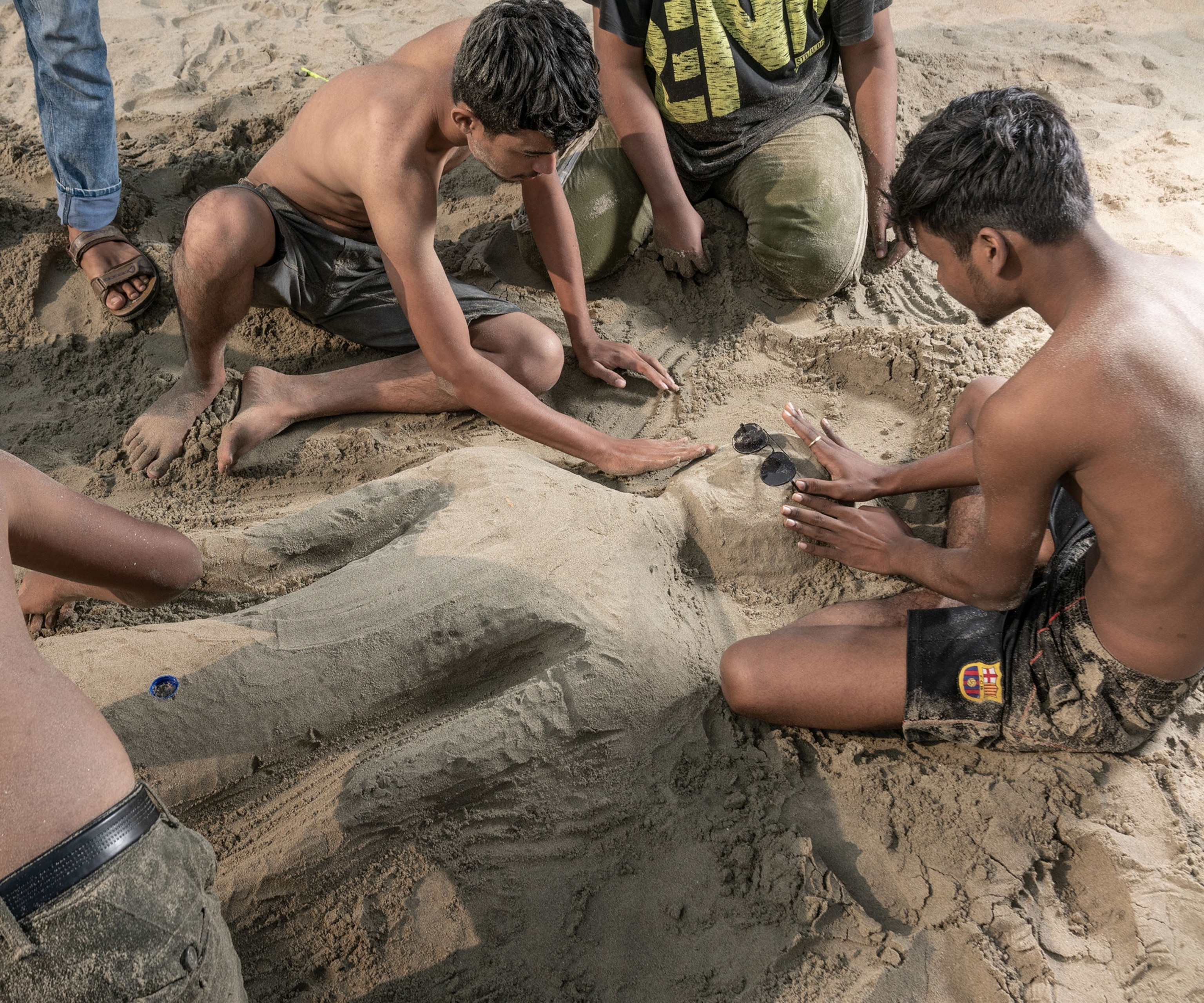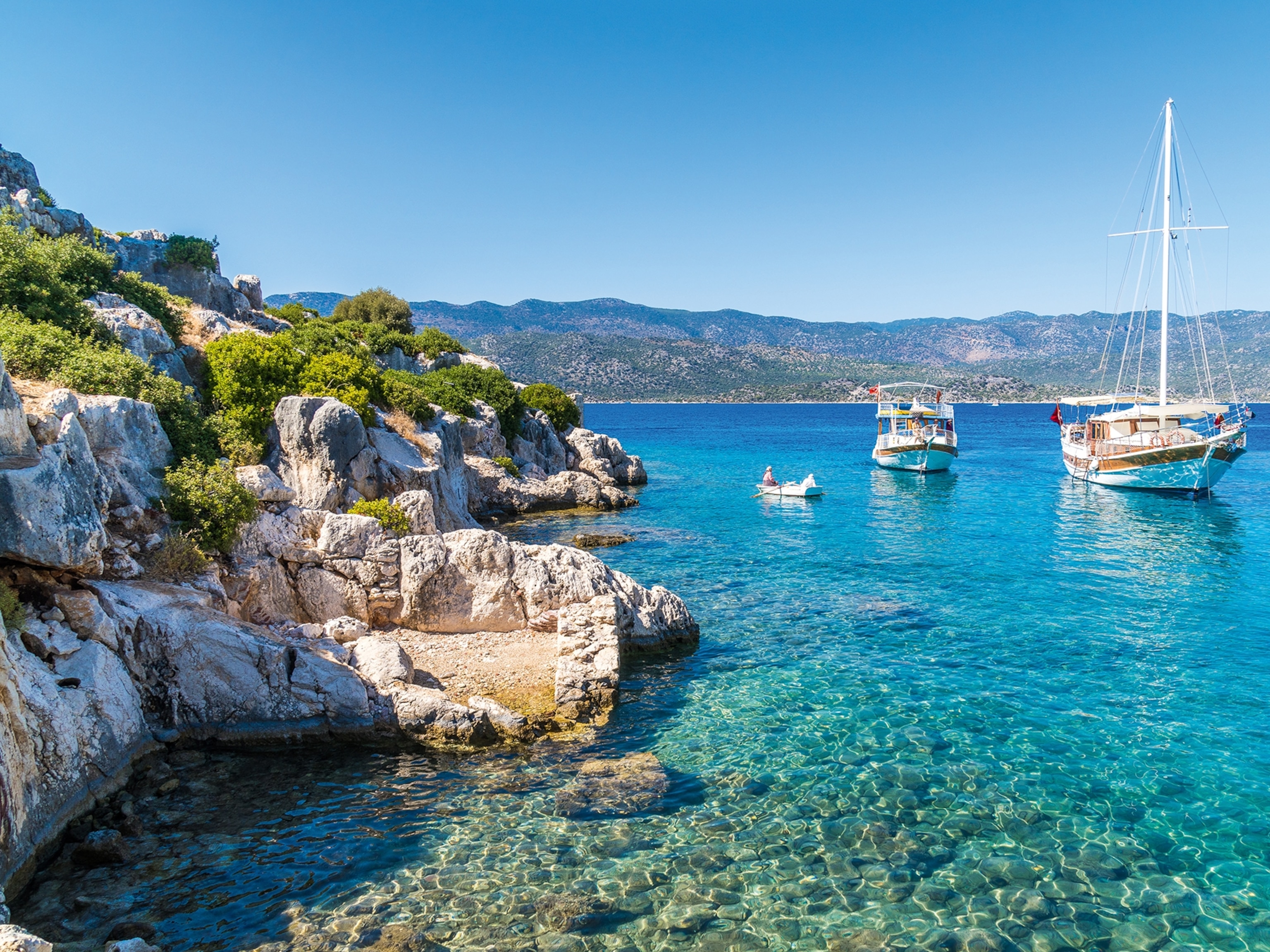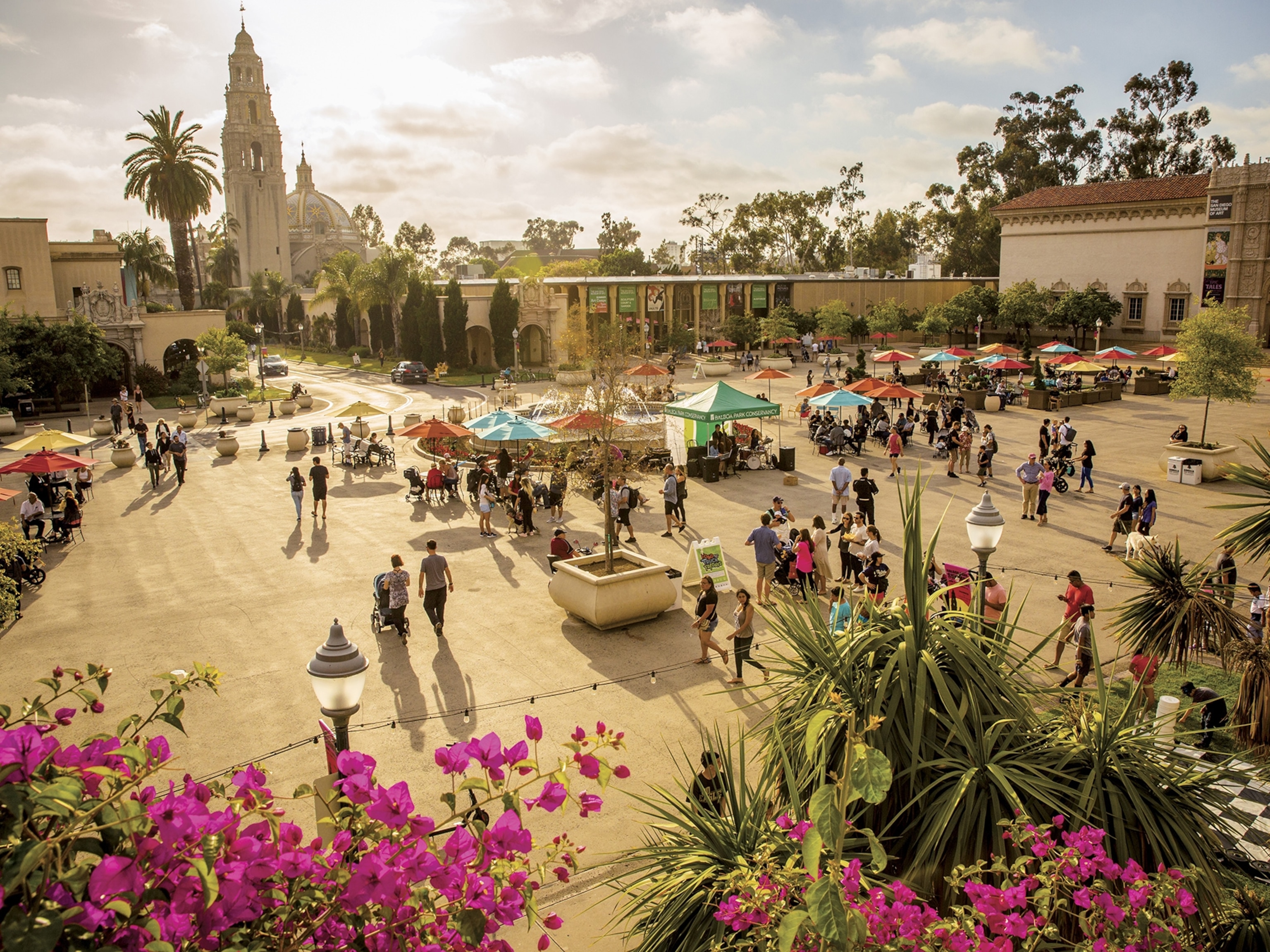Cox’s Bazar is known as a refugee camp—but it’s also a popular vacation site
Before Cox’s Bazar became home to hundreds of thousands of refugees, it was Bangladesh’s favorite vacation spot and still provides a classic day at the beach for tourists.
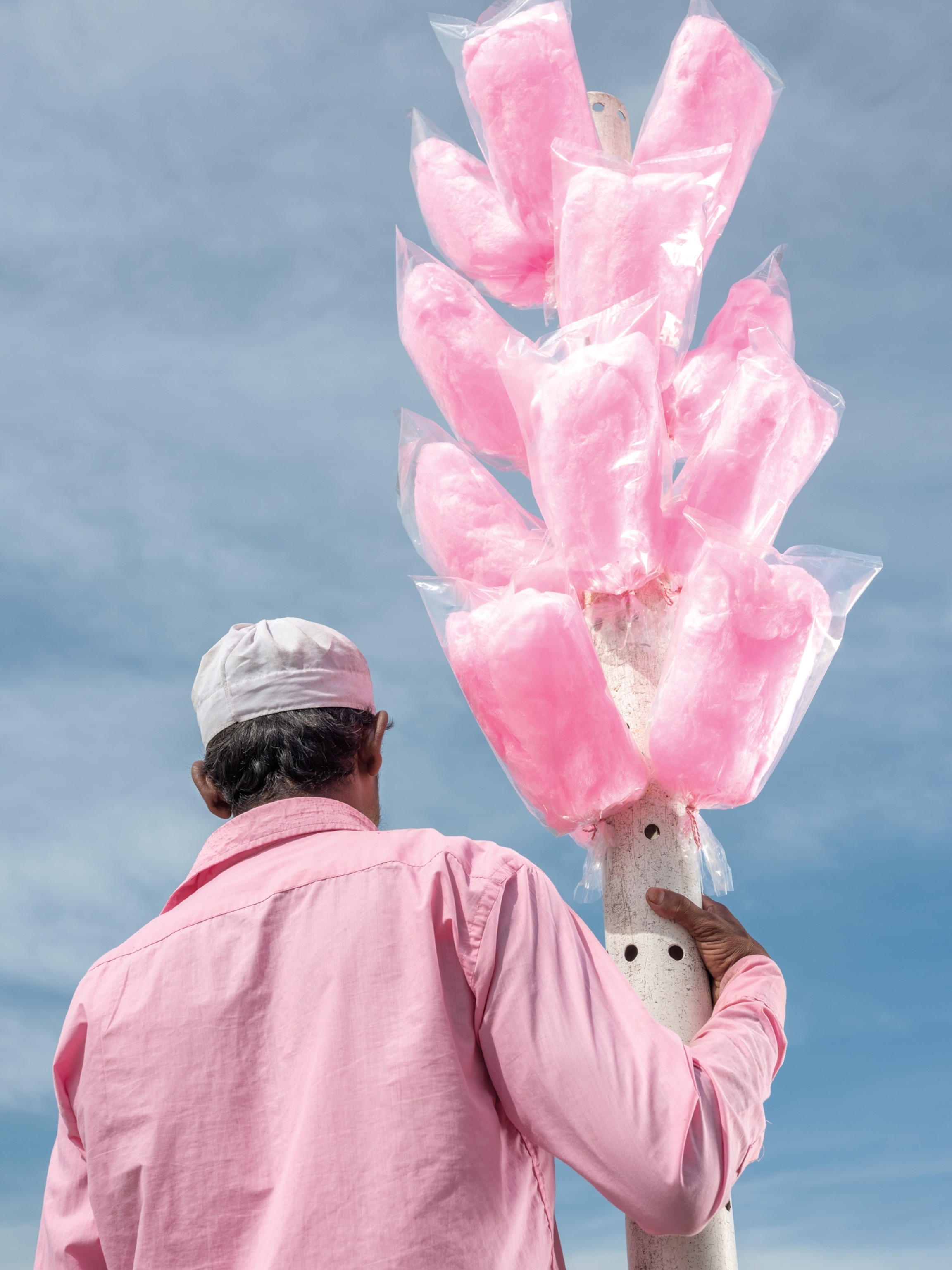
To those outside Bangladesh, Cox’s Bazar is the world’s largest refugee camp, home to nearly a million exiled Rohingya who fled what the United States has declared a genocide in neighboring Myanmar. But many Bangladeshis know Cox’s Bazar as a favorite tourist destination—and as one of the world’s longest natural sand beaches, hemming about 60 miles of shoreline along the Bay of Bengal.
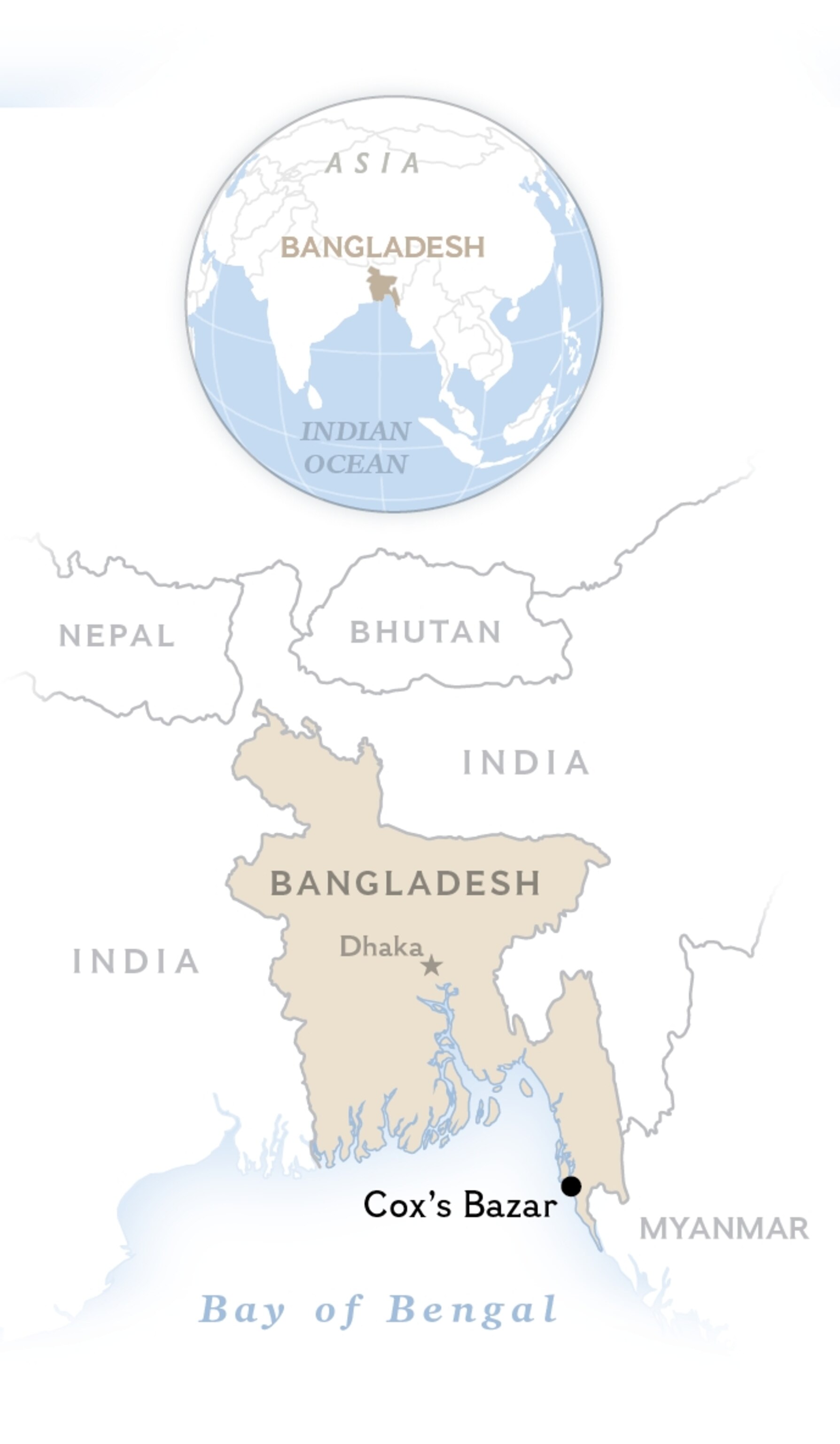
These disparate Cox’s Bazars are separated by a ridge of hills and checkpoints that place the beach and the refugee camp in “two different worlds,” says Ismail Ferdous. He knows both well. One of Ferdous’s earliest memories is of riding a train to Cox’s Bazar for a family beach vacation. More recently, as a photographer, he has documented the Rohingya crisis.
On a winter’s day early in 2020, Ferdous took a break from working at the camp to walk along the beach, 18 miles away. The temperature topped 100°F, and the shore was packed. Sprawled or strolling along the beach were garment workers, telecom executives, street vendors, and madrassa students. Some had ridden 10 to 15 hours on an overnight bus just to spend the afternoon in the water.


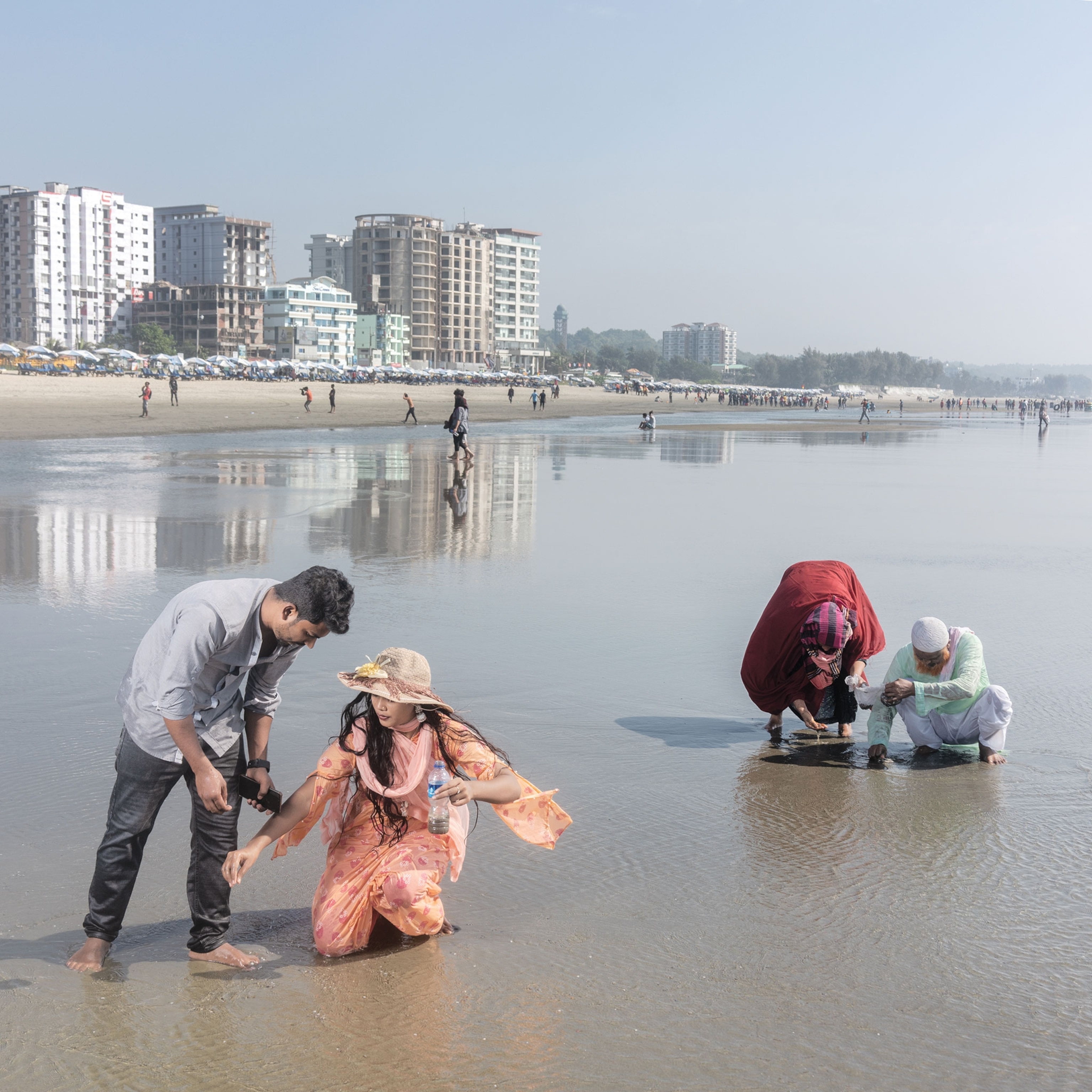
Ferdous grew up in the capital city of Dhaka but lived abroad for a decade. When he returned to the shore of Cox’s Bazar, he felt a surprising jolt of culture shock—the scene was so different from beaches in Europe and the U.S. He embraced this perspective, training his lens on rent-per-ride horses and modestly dressed swimmers under the blinding midday sun. With the ocean as a backdrop, the crowded beach looks deceptively serene, even empty.
He returned twice more. On his last visit, in February, Ferdous brought his parents, sisters, brother, and two nieces along for a vacation. It had been more than 20 years since the family had been there together. “My mom still writes me about it, saying, ‘Thanks for doing this,’ ” he says.
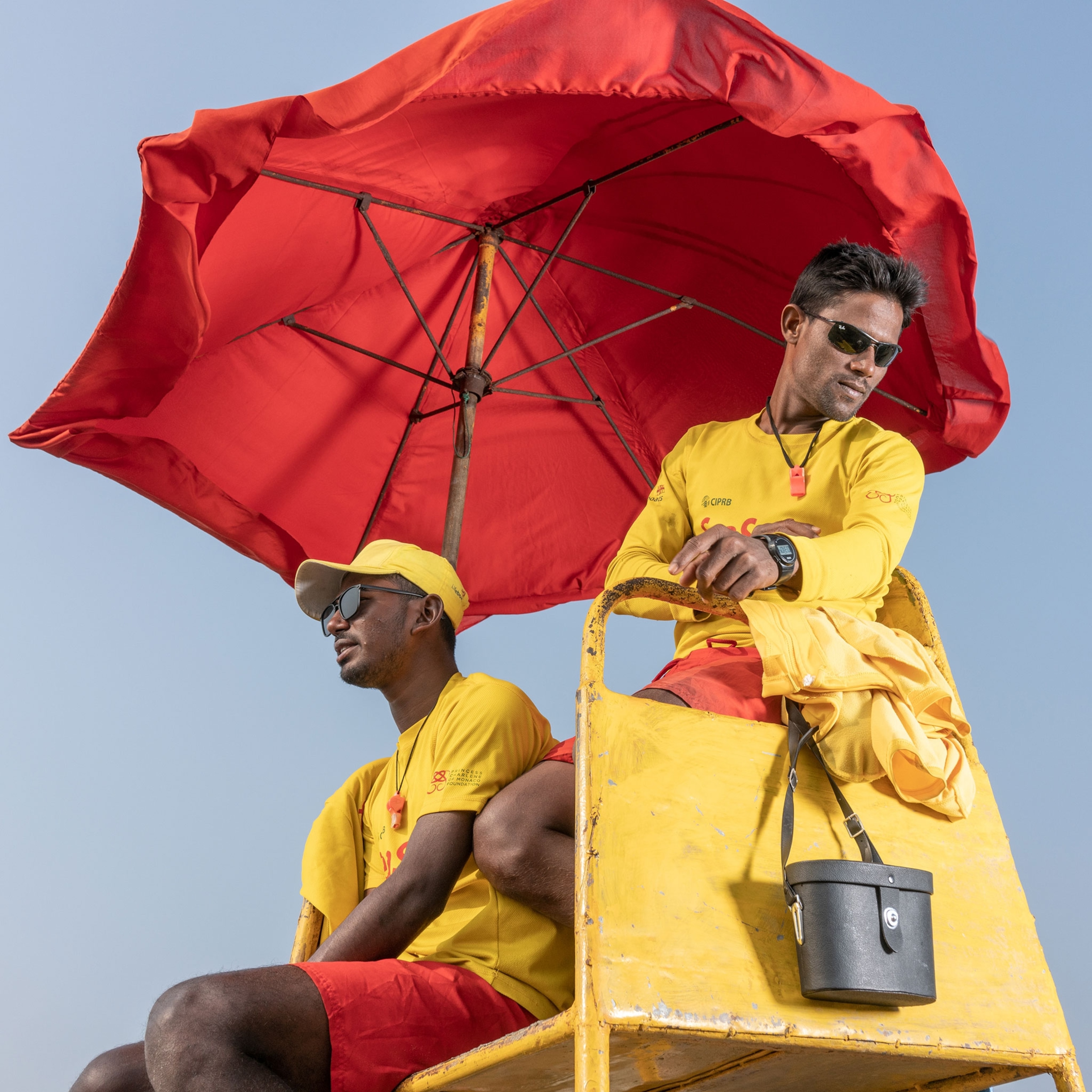
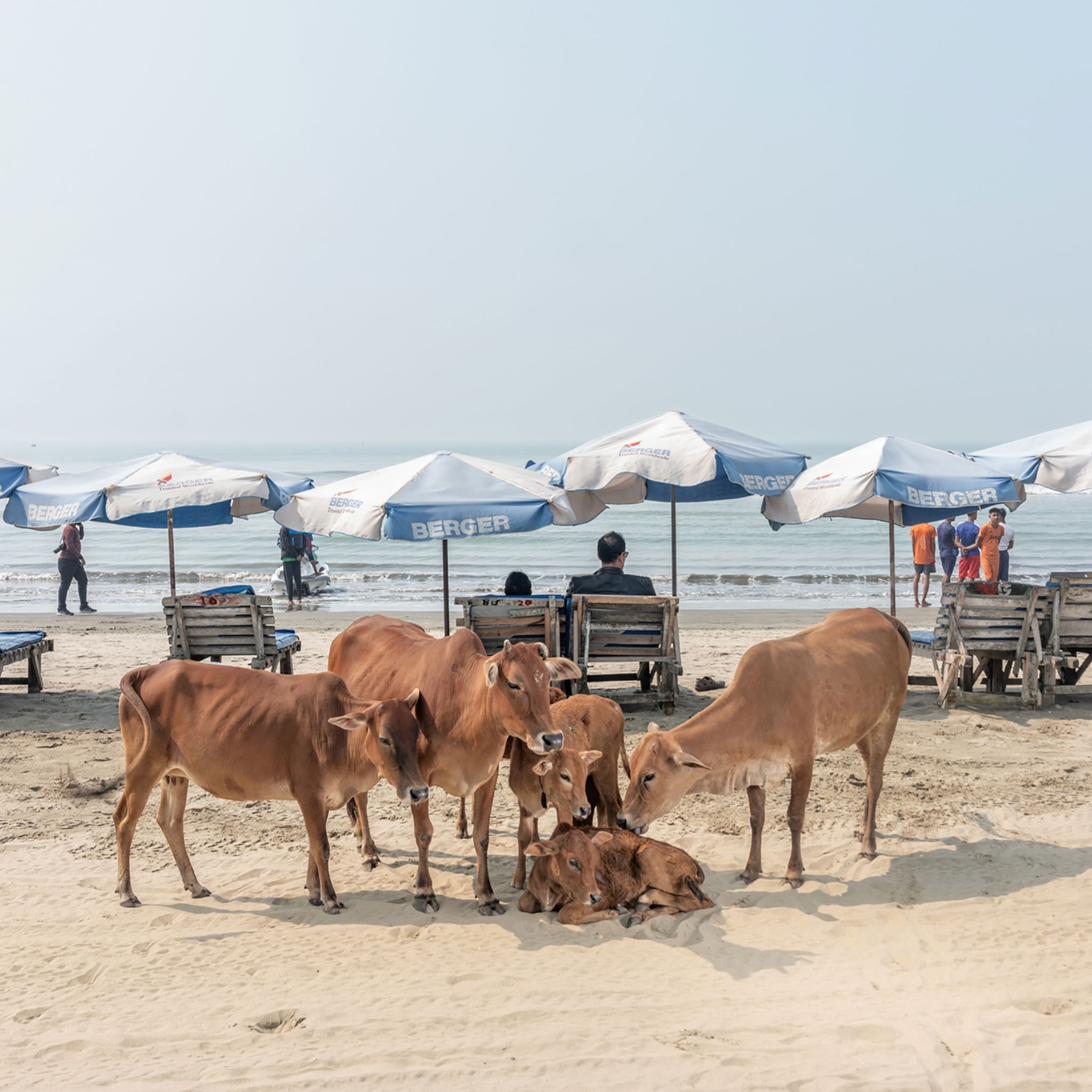
This story appears in the September 2022 issue of National Geographic magazine.
